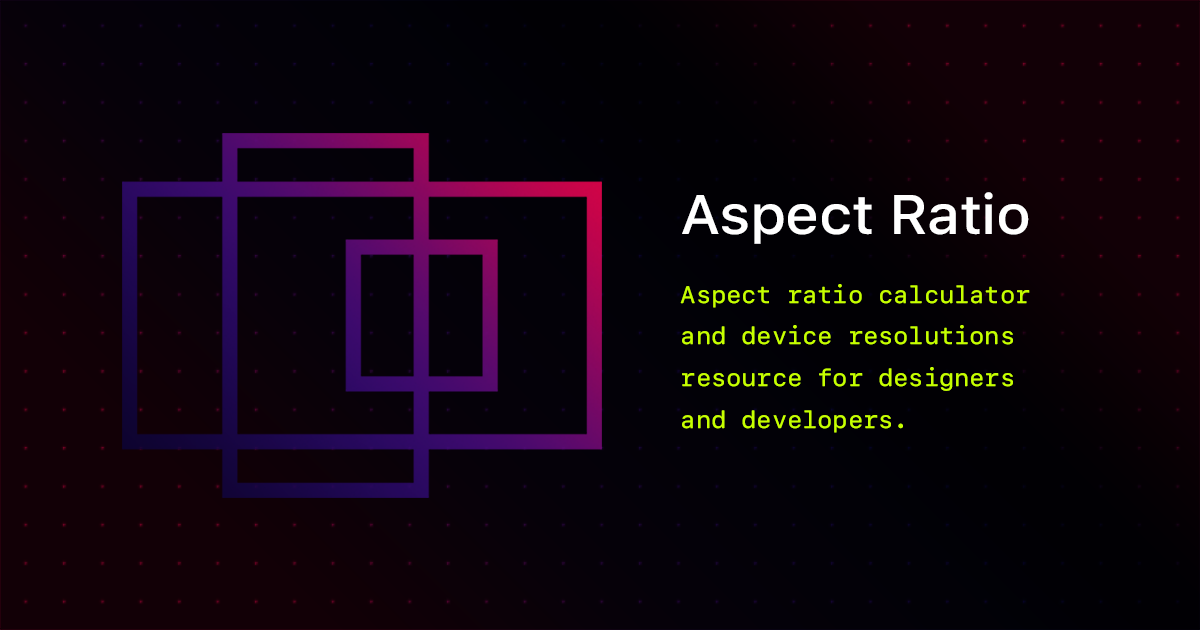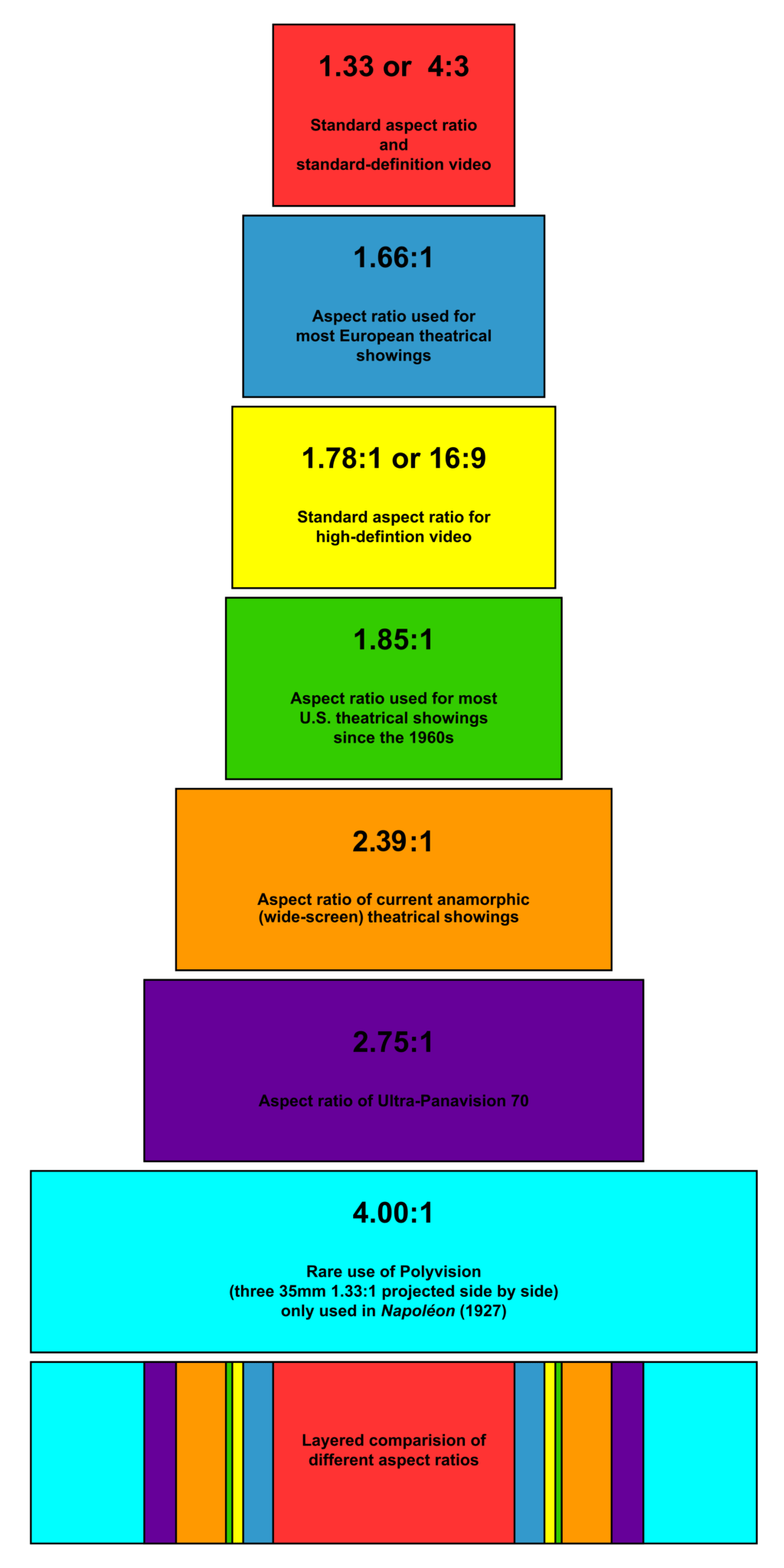
Powers, a member of the SMPTE Working Group on High-Definition Electronic Production, first proposed the 16:9 (1.77:1) aspect ratio. In 1984 when 4:3 aspect ratio was popular, Dr. It is the international standard format of HDTV, non-HD digital television, and analog widescreen television PALplus. What is the 16:9 Aspect Ratio?ġ6:9 (1.77:1) is a widescreen aspect ratio with a width of 16 units and a height of 9. And it seems to perform well in handling two things simultaneously, not to mention displaying landscape. Generally speaking, the 1.33 frame tends to be more effective when the frame only has a single point of interest or focus. Horizontal arrangements will make the frame look cramped. Groups of two can produce a very intimate frame, and it is difficult for larger groups to produce good effects. Owing to its limits on scopes, the background seldom leads to distraction. The Features of 4:3 Aspect Ratioĭue to the lack of width, significant compositional factors are usually positioned vertically within the frame, which exposes the drawbacks of 1.33 frame: it is not suitable for landscape scenes.ġ.33 is best for single shots because the actors’ faces could exactly fill the frame and the audience will not feel confined in the meantime. It wasn’t until the 1990s that the concept of larger television screens became popular, and the 4:3 aspect ratio was replaced by the 16:9 aspect ratio. In terms of televisions, they remained 4:3 for most of the twentieth century. As displays and monitors did not employ “technical” ratios like 1.33 or 1.37, 4:3 was born with the introduction of television screens. As a result, the majority of the movies tend to adopt a new aspect ratio. In the 1950s, the invention led to the revenues of theater declining dramatically, Hollywood looked to widescreen to attract audiences back. Therefore, the first aspect ratio is created:1.33. For some unknown reasons, Dickson set on the image being 4-perforation high. Punches 64 perforations every foot and 35mm film is born. In 1888, Thomas Edison filed a document with the US patent office in which he conceived of “a device that would do for the eye what the phonograph does for the ear.” But before this team could build their first motion picture camera they needed to establish the size of the film they would use. From the early twenty century, when television displays and computer monitors were first introduced, the 4:3 Aspect Ratio was prevalent. This word is also known as 1.33:1 and is frequently pronounced Four-Three, Four-to-Three, or Four-by-Three.

What is the 4:3 Aspect Ratio?Ĥ:3 Aspect Ratio refers to the width and height of pictures 4 units wide by 3 units tall. While, if you adopt the resolution of 1600×1280, two pages can be displayed simultaneously. For example, in the mode of 640×480 resolution, only one page of content can be displayed. Higher resolution not only means higher definition but also means that more content can be displayed in the same display area.

It can usually reach a resolution of 1600×1280. The other aspect of high resolution refers to the maximum pixel points that the display can achieve in terms of horizontal and vertical display. The dot pitch of large-screen color monitors is generally 0.28, 0.26, 0.25. The dot pitch of the monitor is one of the foundations of high resolution. High resolution is an important prerequisite for ensuring the clarity of color displays.

Under most circumstances, we quote is as width × height, with the units in pixels: for example, 1920 × 1080 means the width is 1920 pixels and the height is 1080 pixels. Subject to the control of multiple factors, including cathode ray tube (CRT) displays, flat-panel displays (including liquid-crystal displays), this terminology can be a little bit confusing. The display resolution (display modes of digital television, computer monitor, or display device) refers to the number of distinct pixels in each dimension that can be displayed.
16 9 RESOLUTION CALCULATOR WINDOWS


 0 kommentar(er)
0 kommentar(er)
